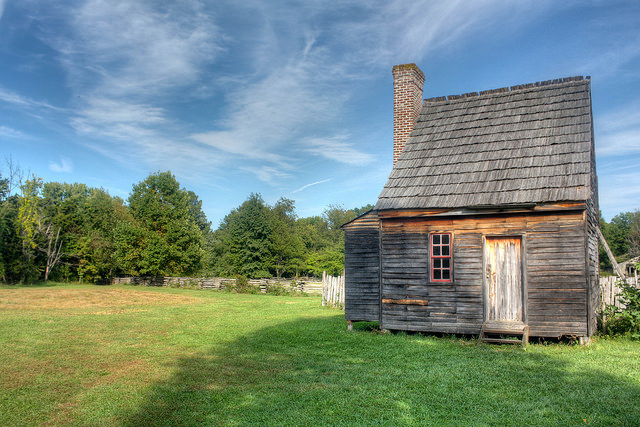Why Dialogue Is Misunderstood
Lately, my work has taken me to a new format - VIDEO. I’ve launched a YouTube channel to share what I’ve learned over the years about facilitating dialogue and other crucial transformative learning experiences in museums other cultural spaces.
My latest video is called “Why Dialogue is Misunderstood (and How to Spot the Difference”, and it might surprise you.
Empathetic Audience Engagement During the Apocalypse
Regardless of how long this pandemic lasts, it will inevitably change the museum field in monumental ways. If museums take the “hunker down and wait it out” approach, they are less likely to emerge with the new healthy identities they need in a post-epidemic world.
Being relevant to audiences in the Age of Quarantine means meeting their emotional needs.
We Need More Than Empathy: A Call for Social-Emotional Learning in Museums
Social-Emotional Learning (SEL) is arguably one of the hottest topics in formal education in the last couple of years. Education policy is shifting rapidly. Yet the term is almost non-existent in the museum field.
How Meeting the Dalai Lama Changed My Museum Practice
I’ve got a renewed excitement about the potential of museums to make the world a better place. This may sound idealistic, grandiose, and maybe a little “woo-woo.” But after having a BIG experience, you think BIG!
Museums with a Single Focus: How to Attract the Non-Enthusiast
One thing narrowly focused museums have in common is a small but loyal fan base. And when museum staff is surrounded by undying devotion, it’s hard to focus on the people who DON’T come to your museum.
AAM's New Code of Conduct Inspires Conversation About Gender
When I saw Alison Kennedy’s tweet in support of AAM’s new Code of Conduct for meeting attendees, I thought it would make for a good conversation topic. Lots of organizations have anti-discrimination and anti-harassment policies, but I had never read one that addresses the conduct of members towards marginalized groups - especially gender - in such a specific way.
This post captures our frank and earnest conversation about gender, life experience, and the importance of talking with people different from ourselves.
Why I Live-Tweeted the Riots of ‘68 Instead of Celebrating Dr. King
We, with the power to shape museum content, need to do better at “going there” by purposely making past to present connections, being ready to discuss anger, and asking more than telling.
So a week before the 50th anniversary of MLK's assassination, I embraced the challenge to “be the change you want to see in the world,” (in this case the museum world). I live-tweeted the 1968 DC race riots over 4 days, moment-by-moment. I chronicled the burning of my hometown, rather than celebrating peace and harmony.
Behind the Curtain: How to Build a Meaningful Museum Experience
Meaningful, in-person experiences inspire visitors to feel something -- wonder, togetherness, purpose. I’ve written about why we need more of these in museums, but how do you make them? I have an experience design process that I use and I conduct workshops to teach it to others. But I wanted to find out how other people design. How do they make the magic happen? I reached out to some of my museum experience heroes – the Indiana Historical Society and Second Story Studios.
Museums, Can We Stop Letting Objects Control the Narrative?
In focusing solely on the experience and the story we wanted to tell, we freed ourselves from the constraints of objects that either didn’t exist or didn’t tell the right story. Hallelujah! It was like a weight had been lifted. Suddenly anything was possible.
7 Reasons Museums Should Share More Experiences, Less Information
Today’s audiences crave unique EXPERIENCES that have the ability to do much more than inform. Now more than ever, when we decide to leave the house, we want to be surprised, moved, enlightened, and even transformed. Text on giant colorful panels. Text on animated touch screens. An interactive here and there. I'm not saying that exhibit design can't be dynamic, but I do think we museum people are still too in love with disseminating information.
Does Your Historic Site Communicate a Subliminal 'Make American Great Again' Message?
The positive neurological effects of nostalgia could explain why Trump's slogan is so successful. He offers people a kind of brain medicine. So what’s the harm in tapping into nostalgia if it makes people feel good? Well, like any drug, nostalgia can cover-up real issues and stunt our ability to adapt to the present. How can history museums avoid the 'nostalgia trap?'
Interpreting Slavery In the Trump Era
Are times changing? Will we have more and more emboldened, racially charged comments in our museum galleries? And if so, should we change the content or structure of interpretation that deals with racially sensitive issues and especially slavery?














